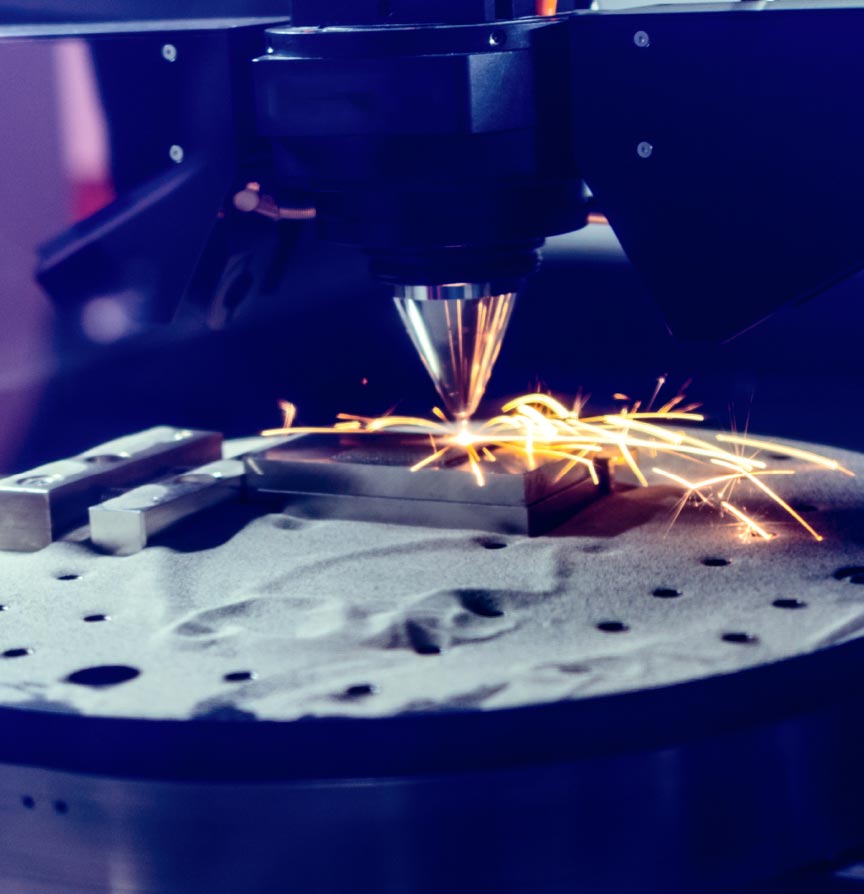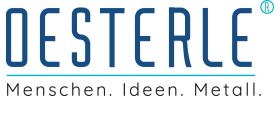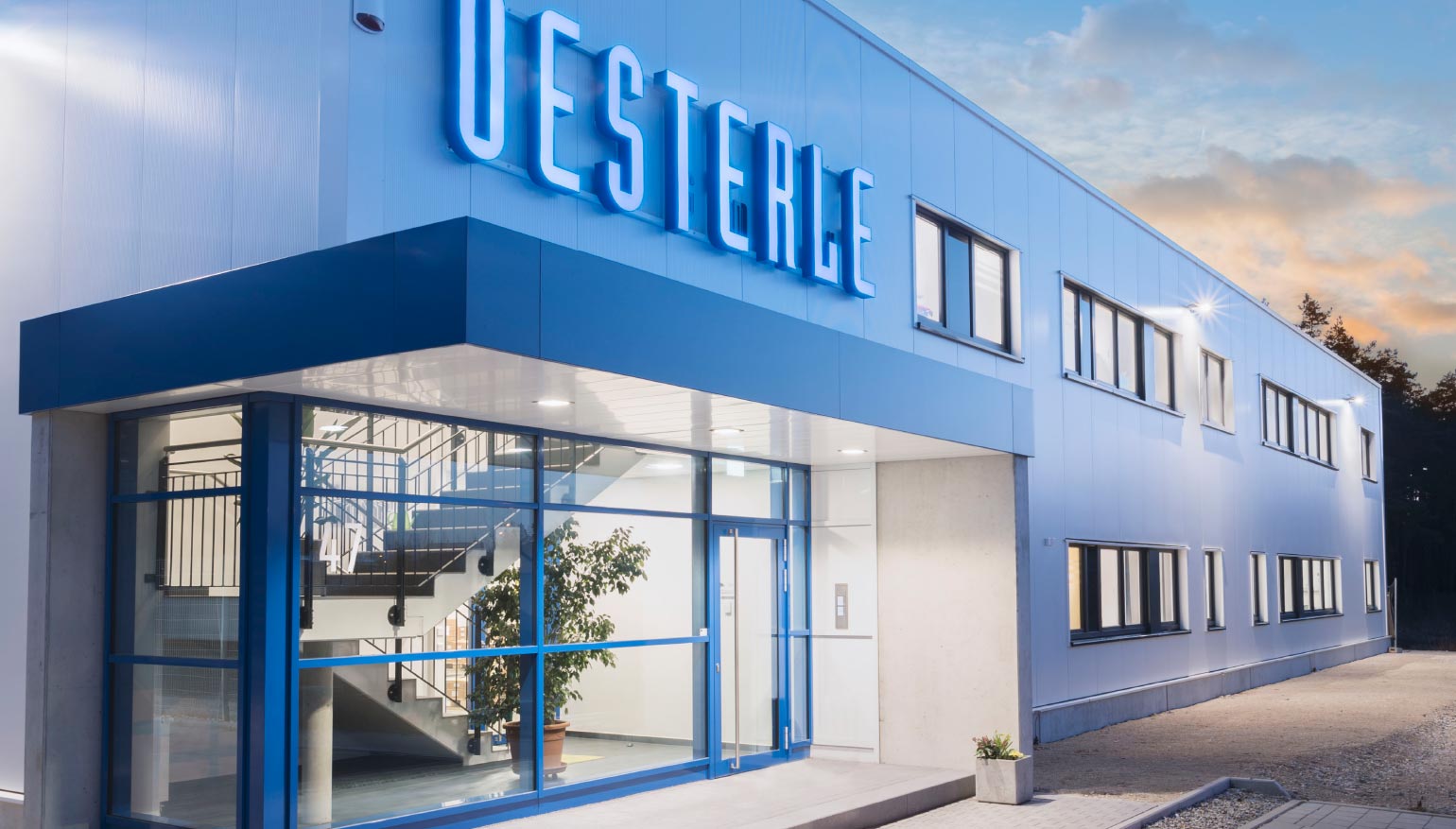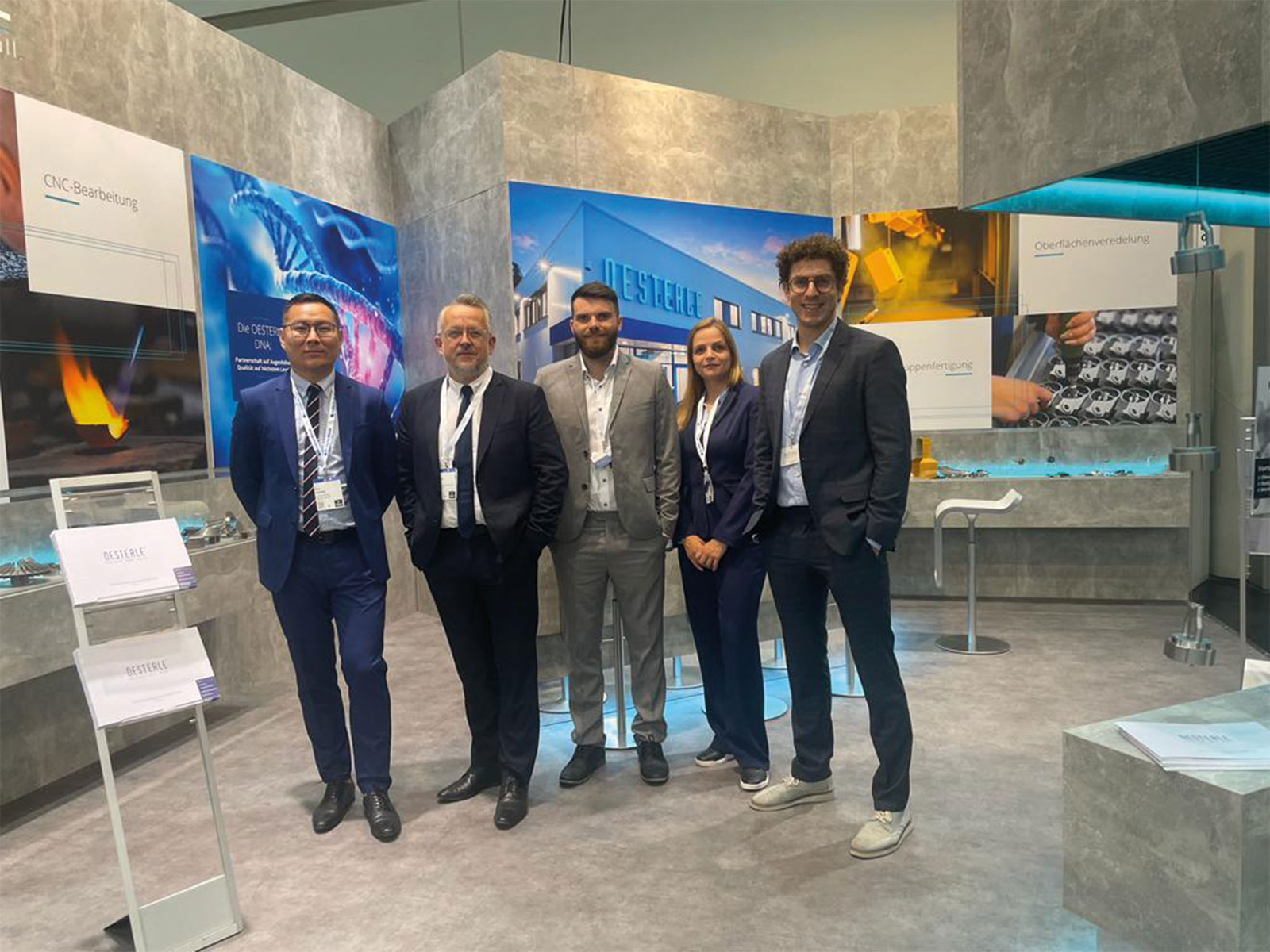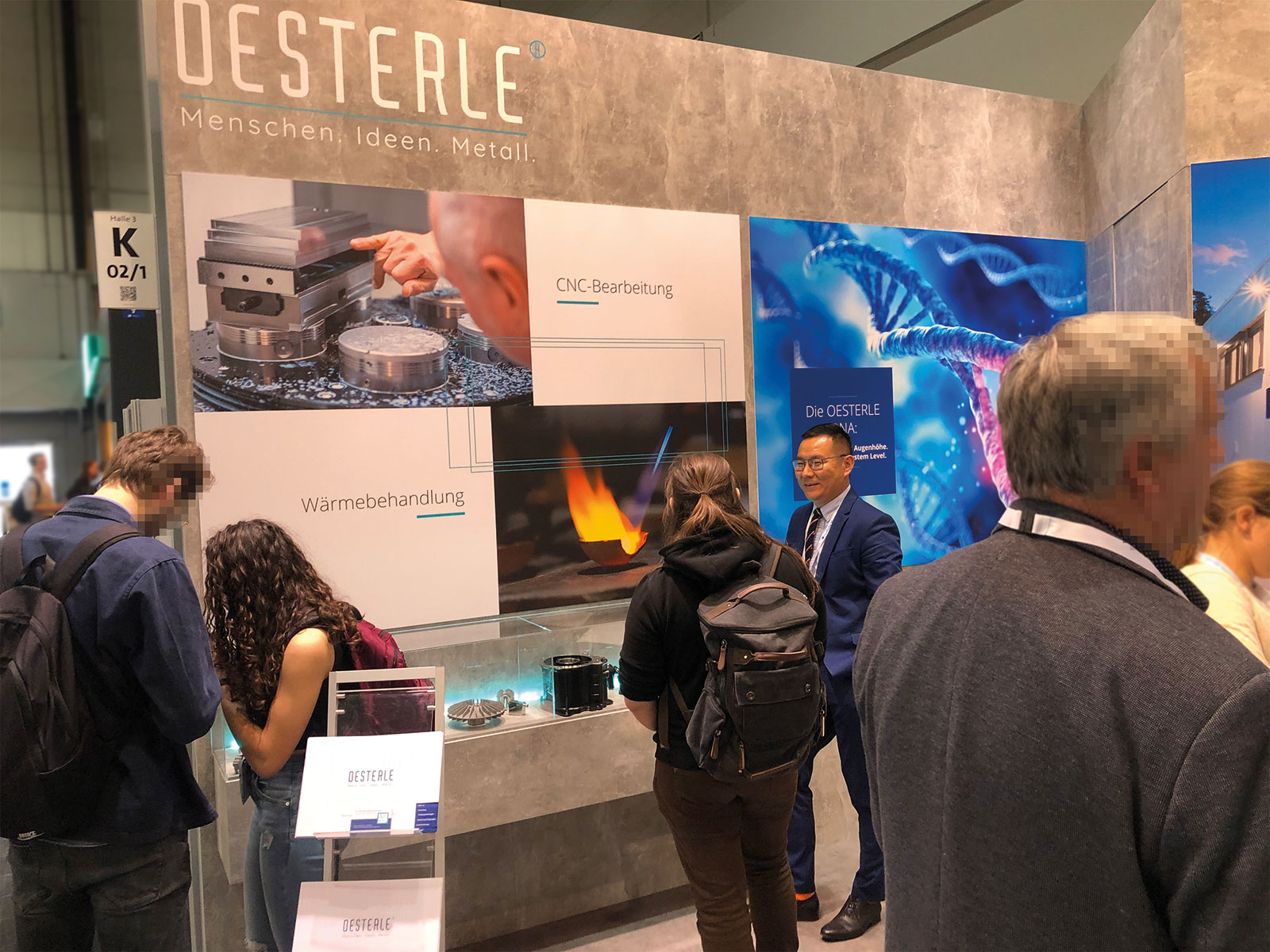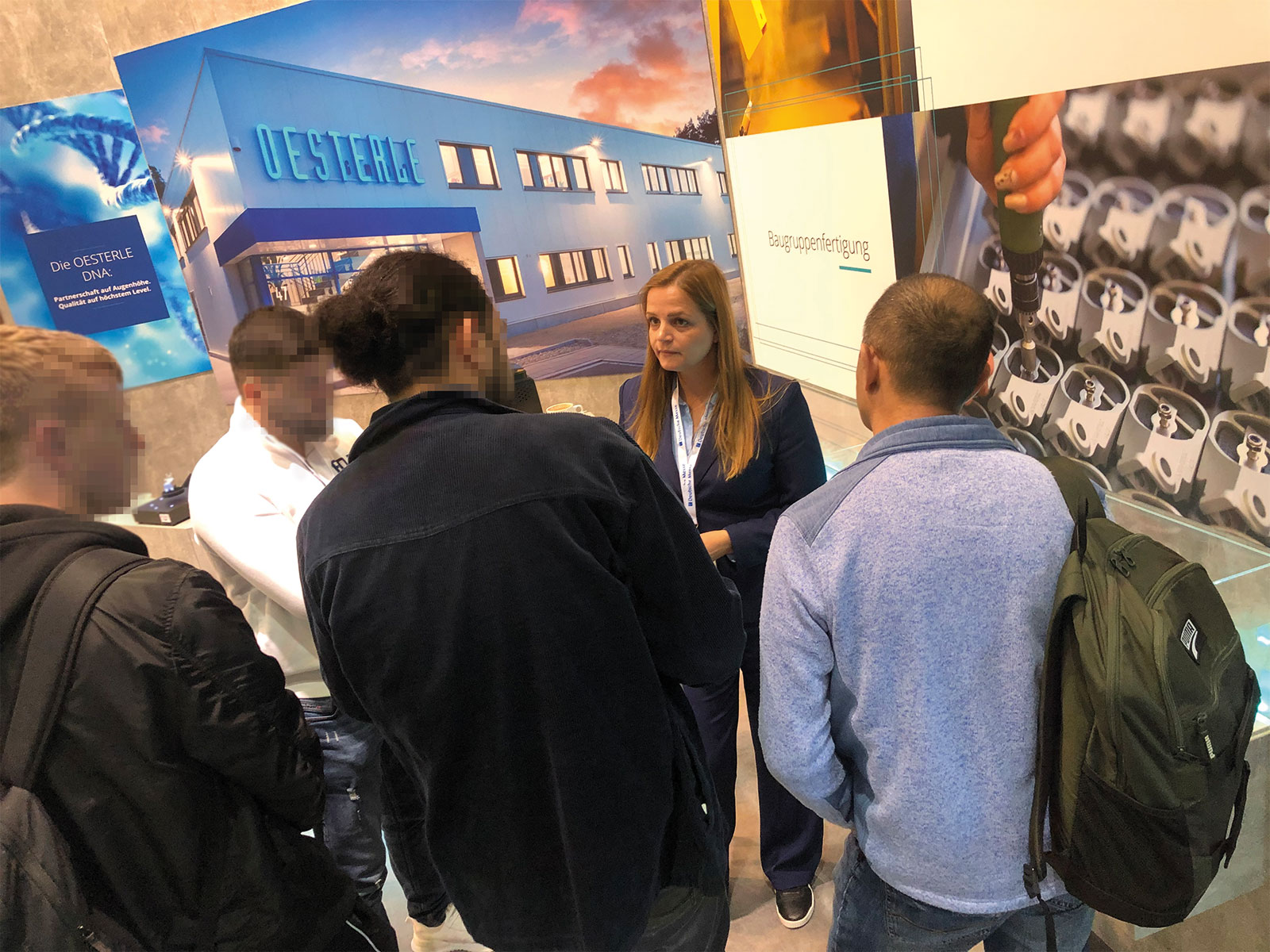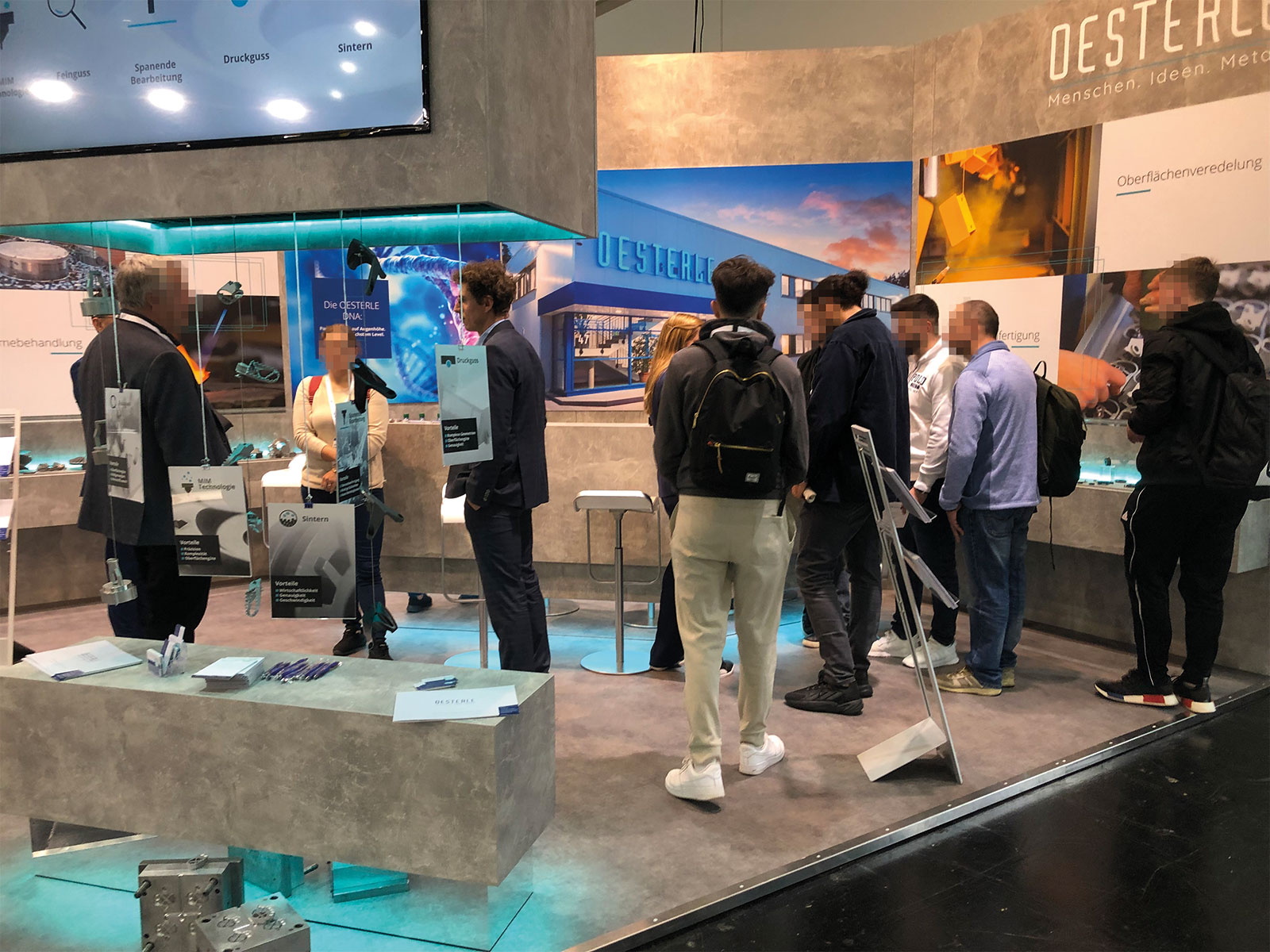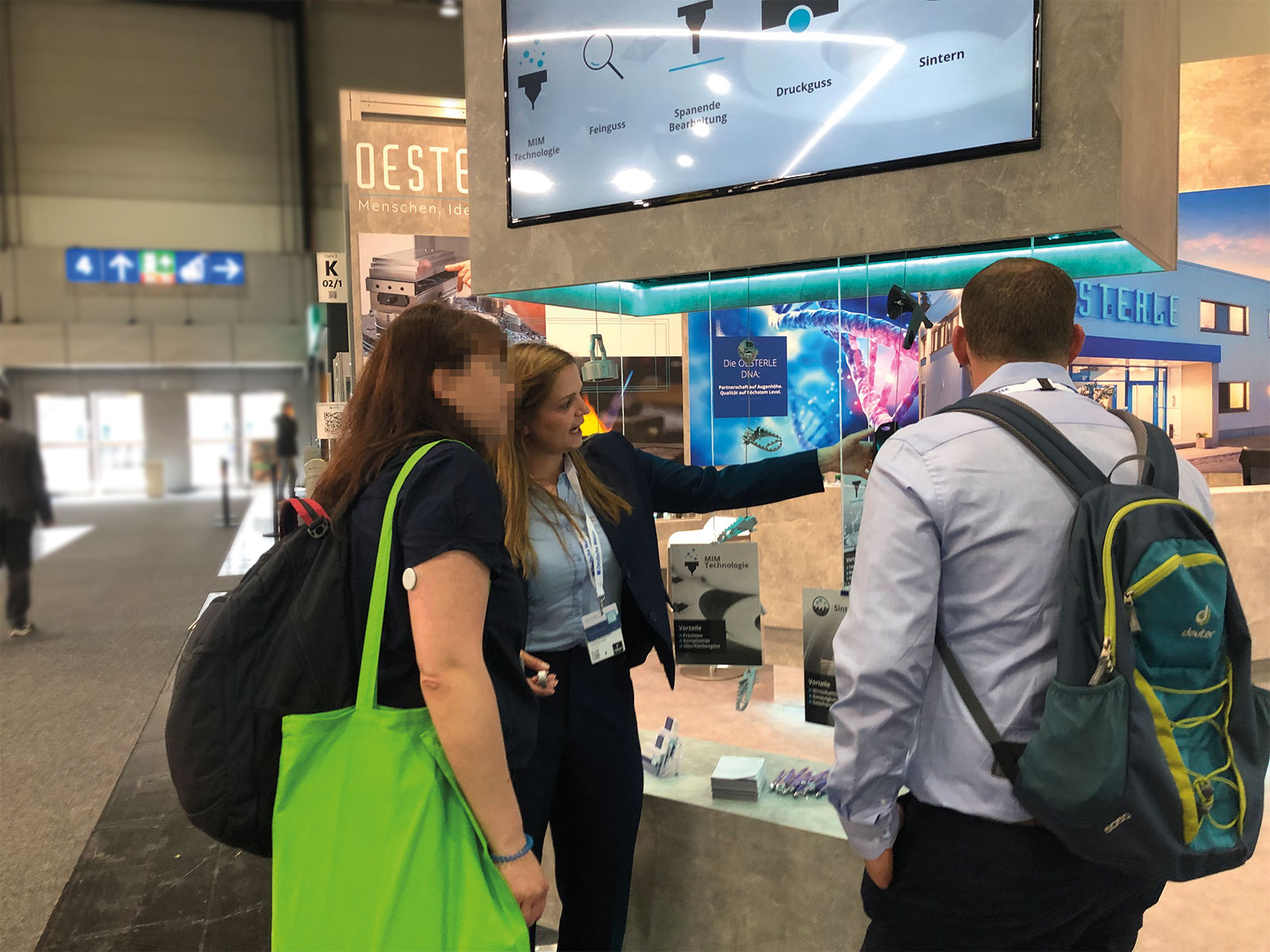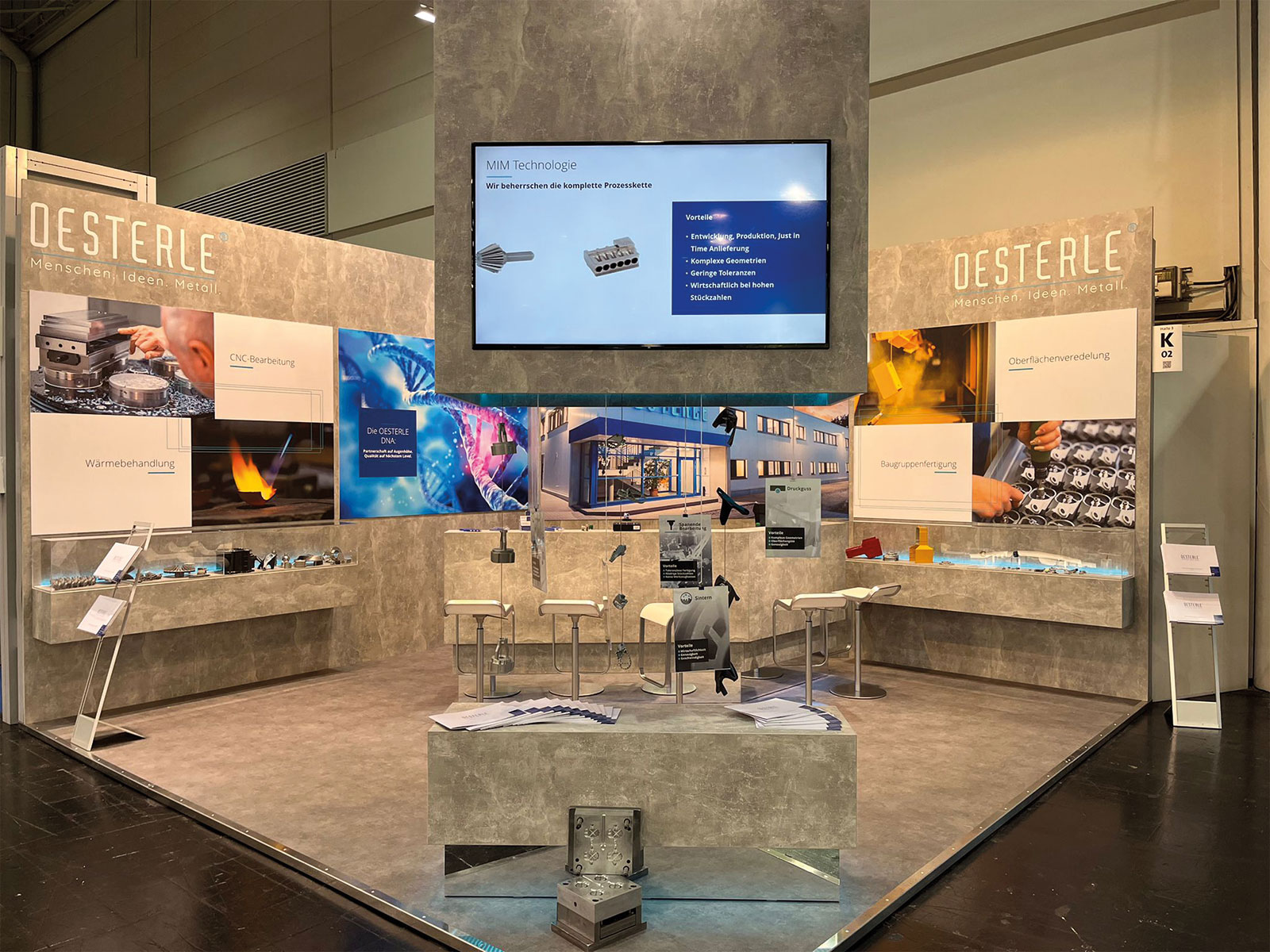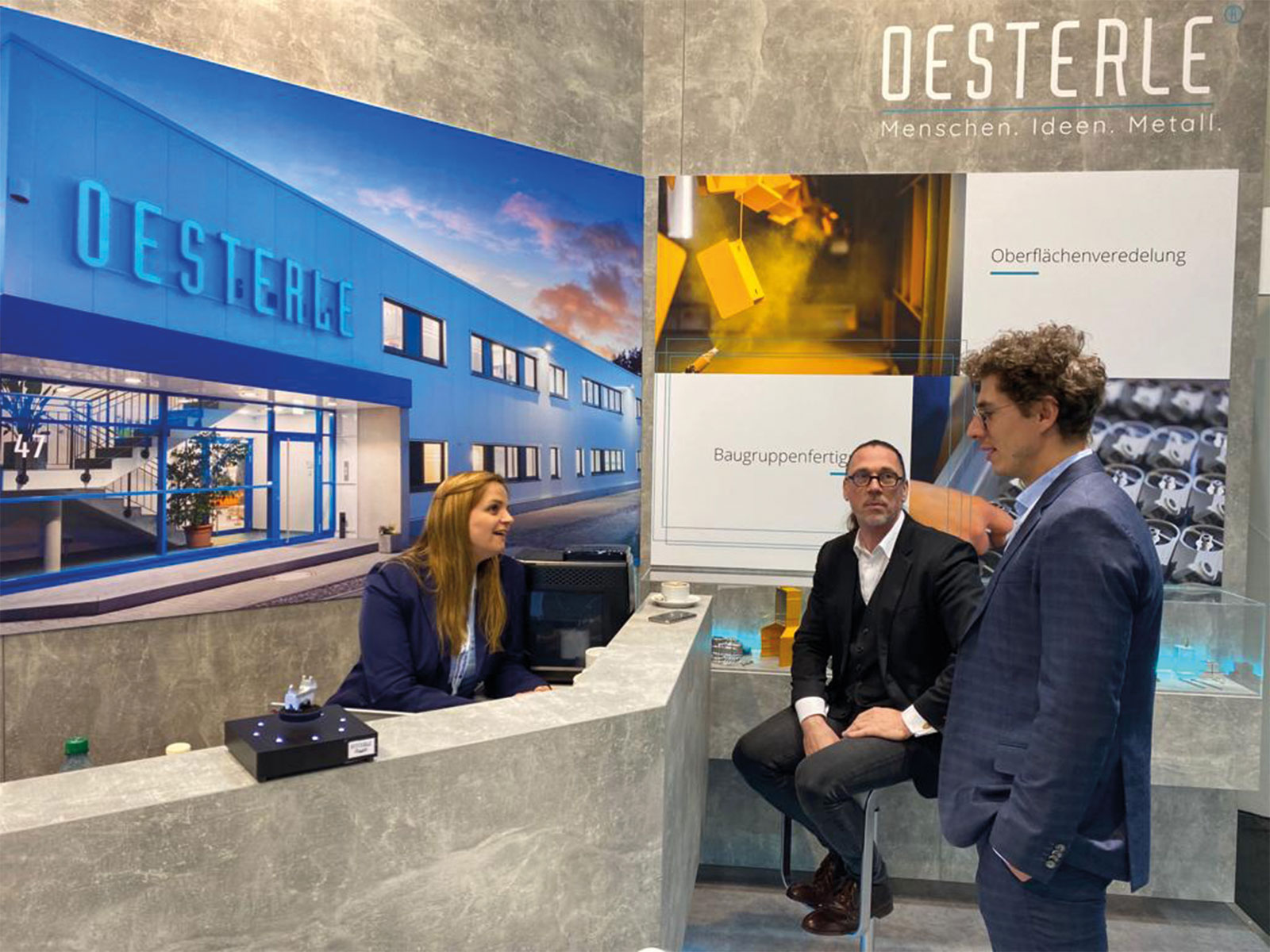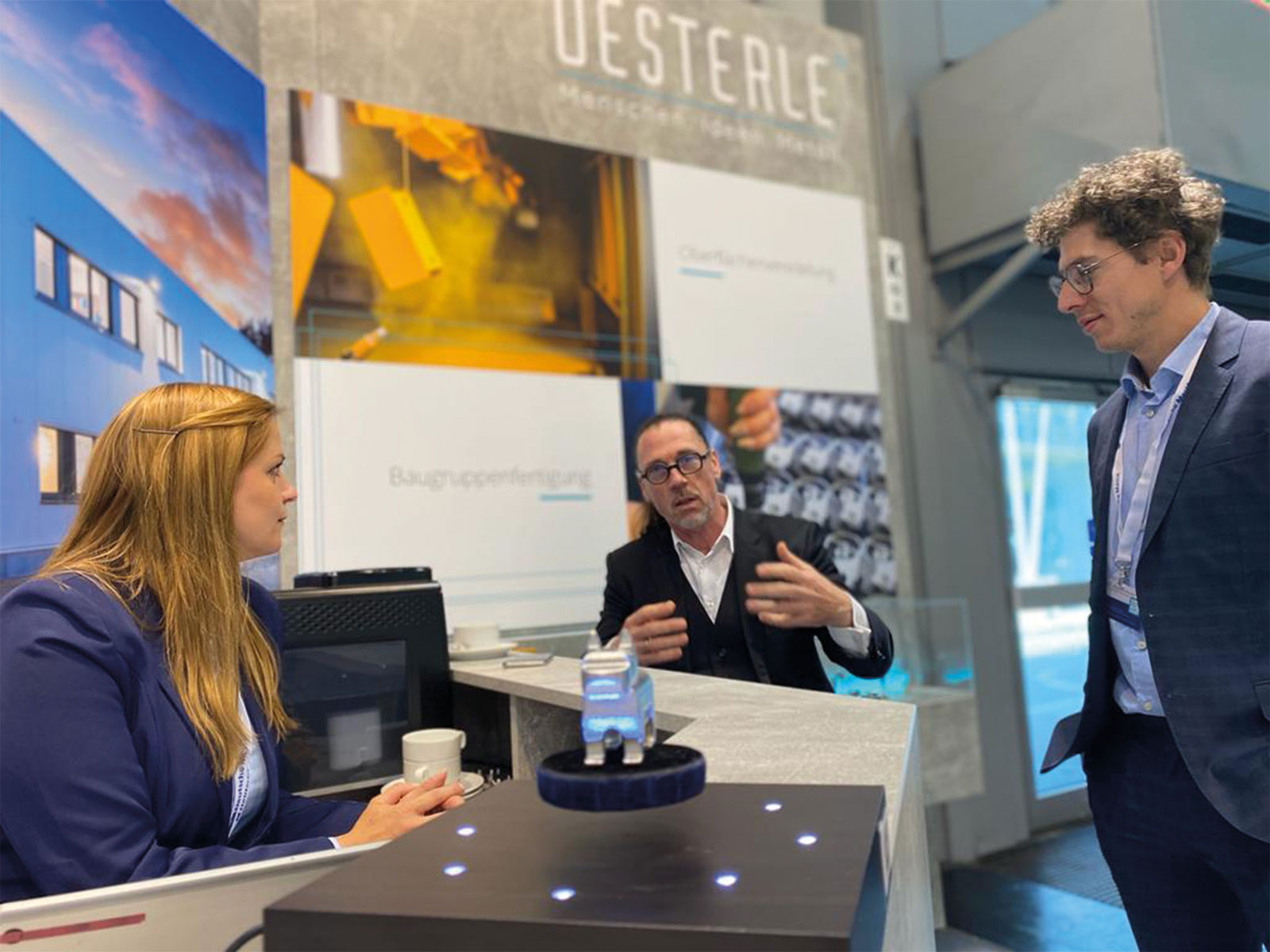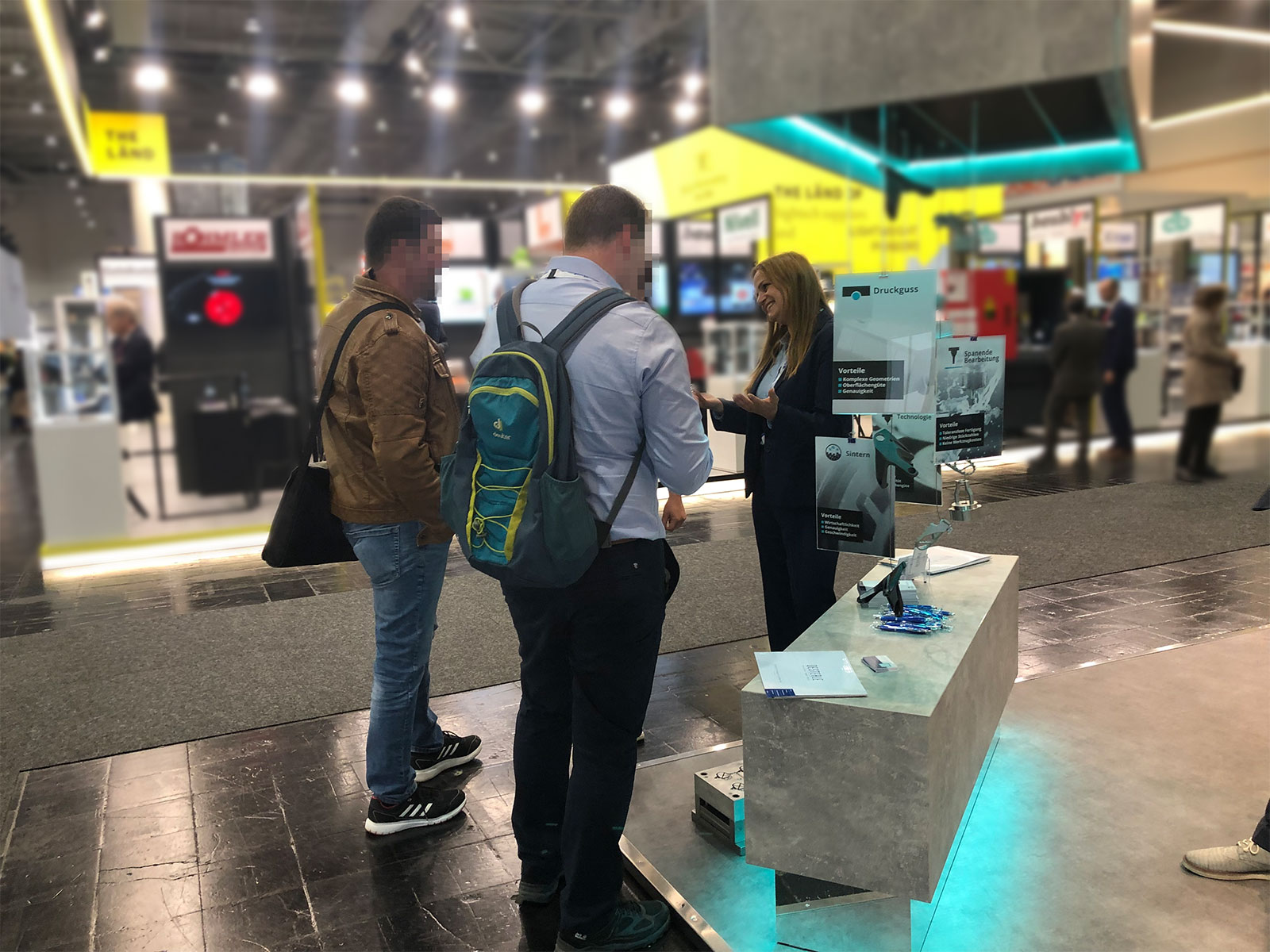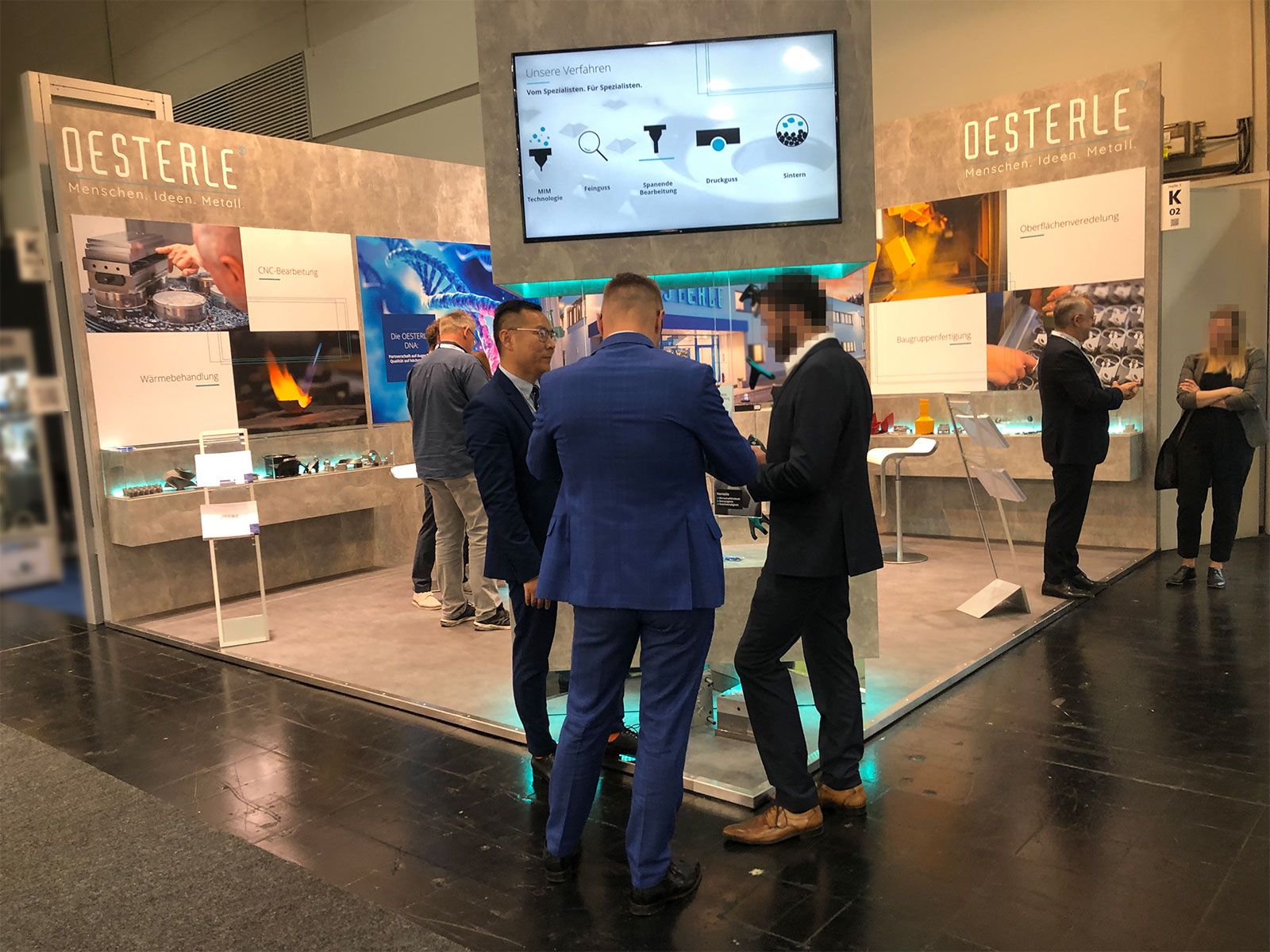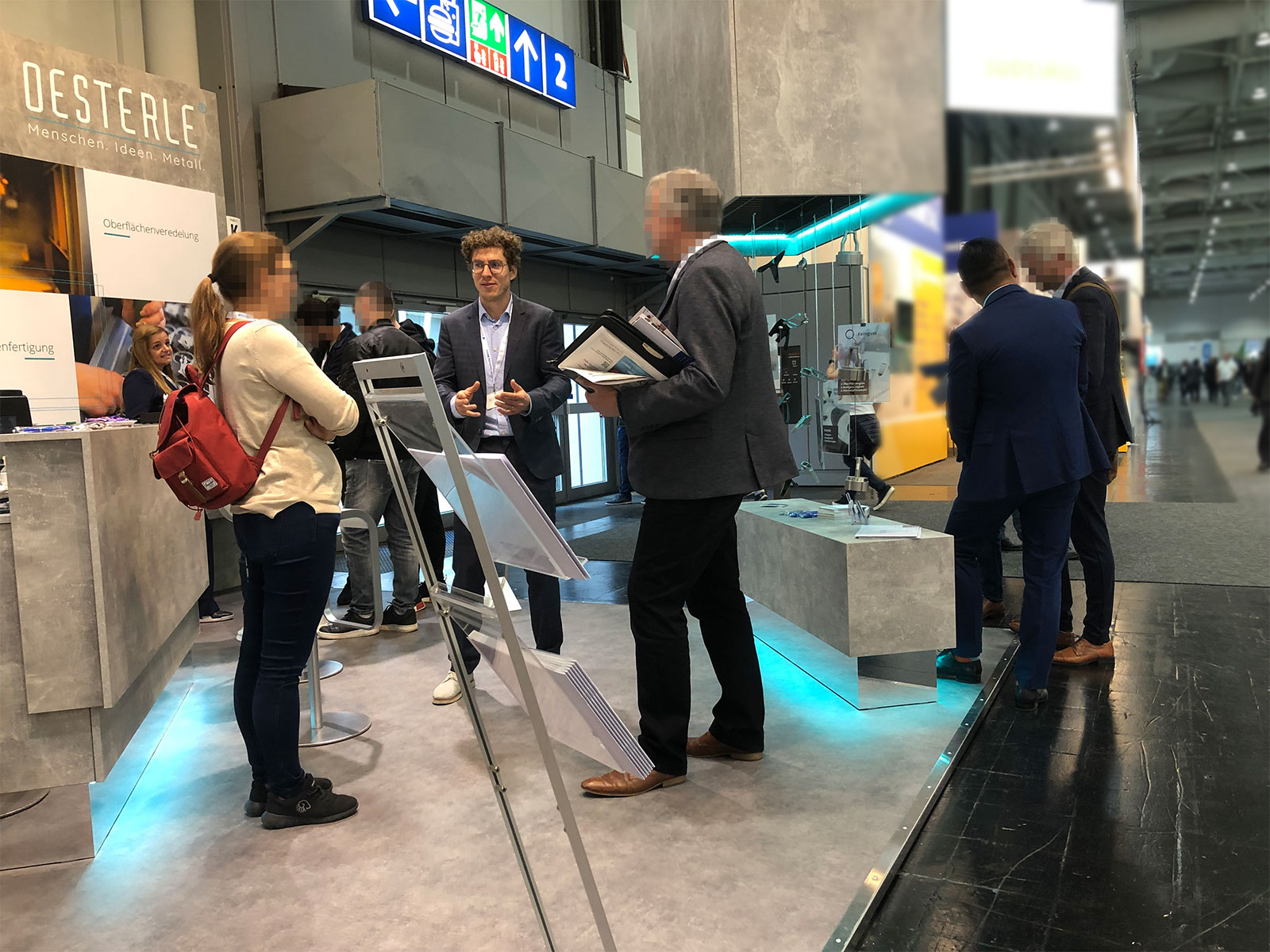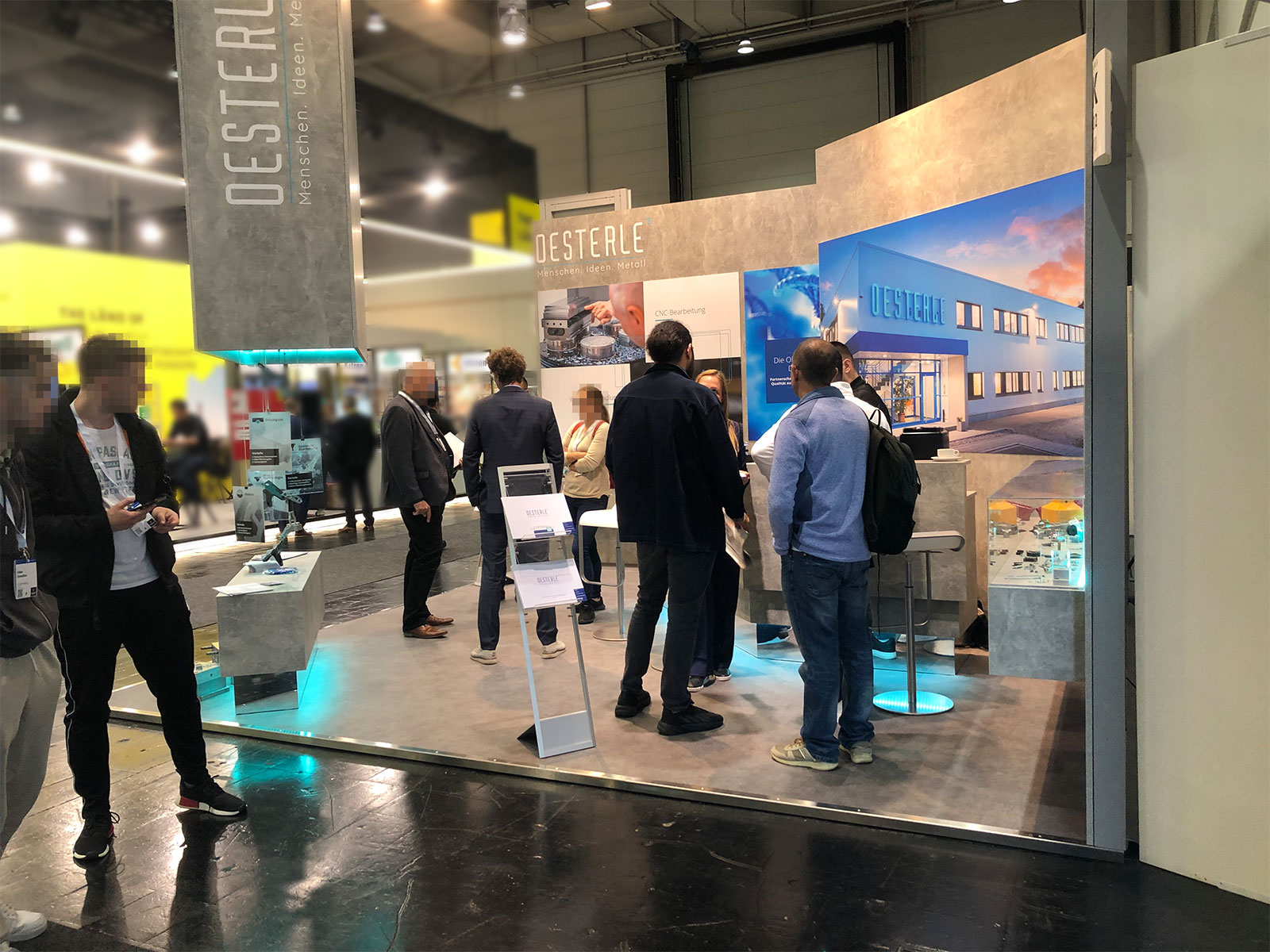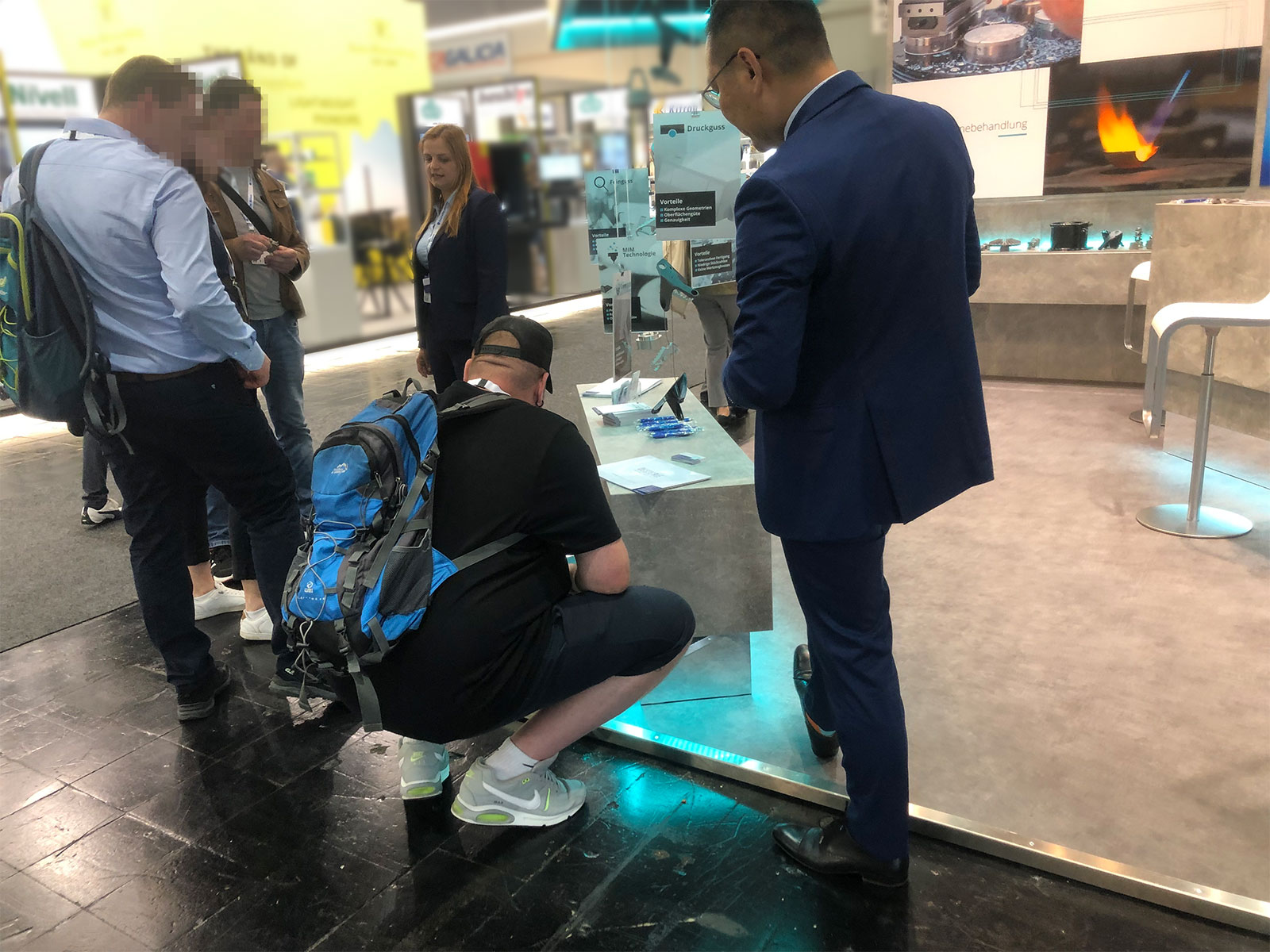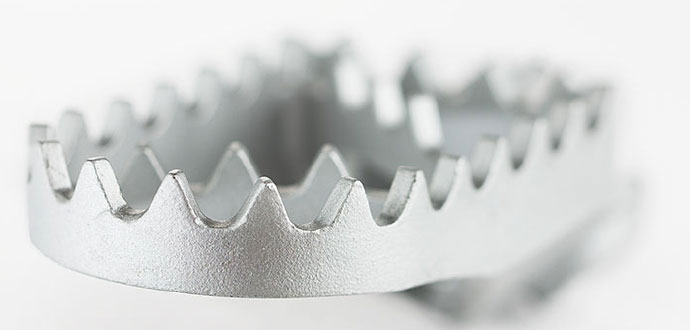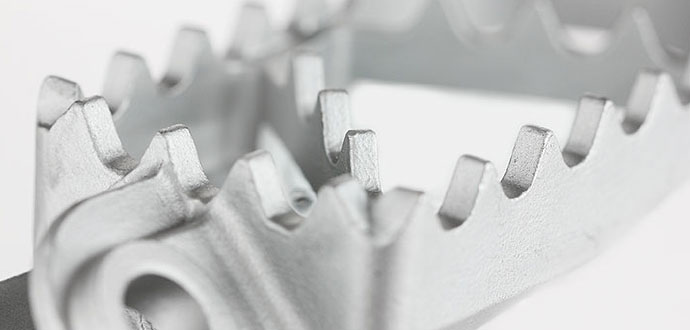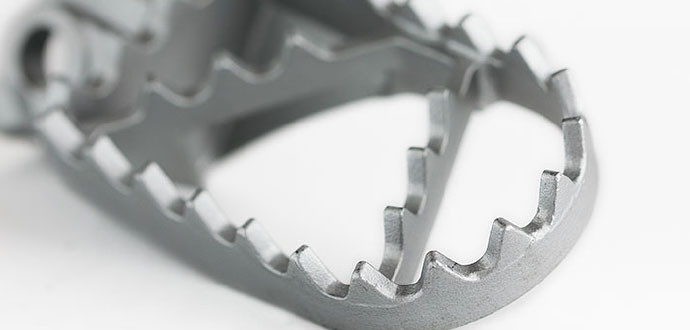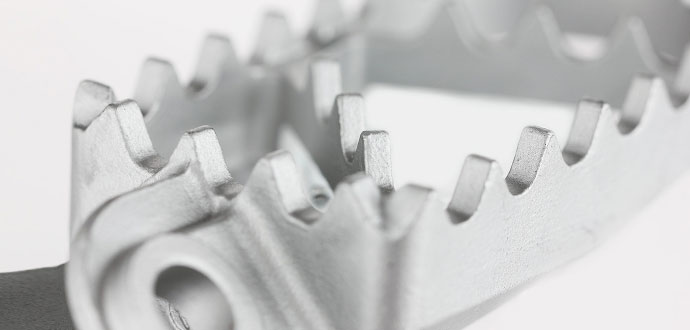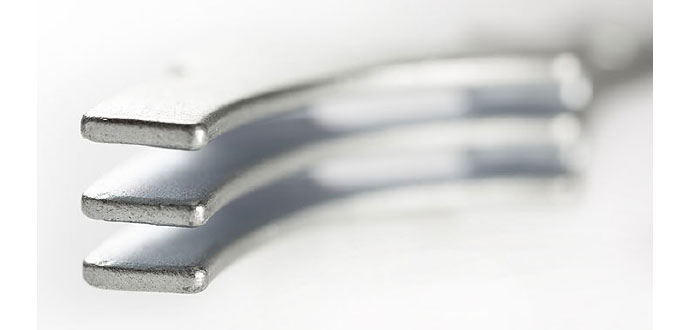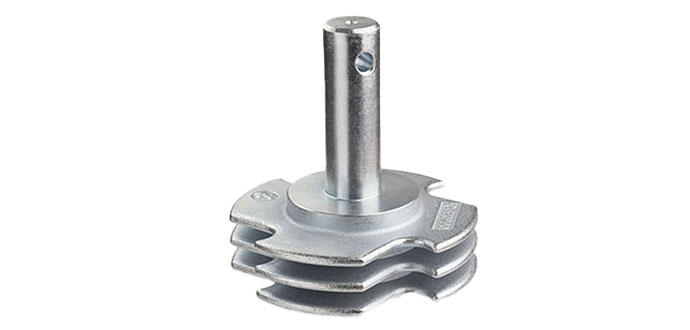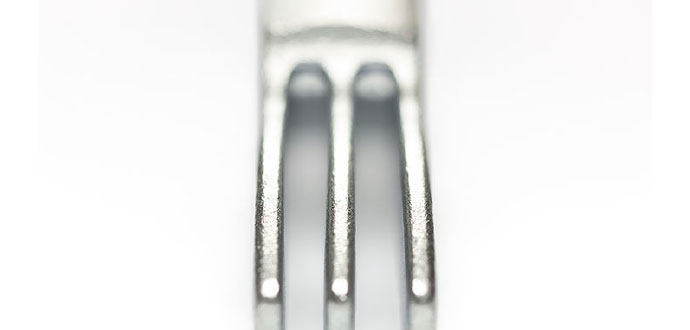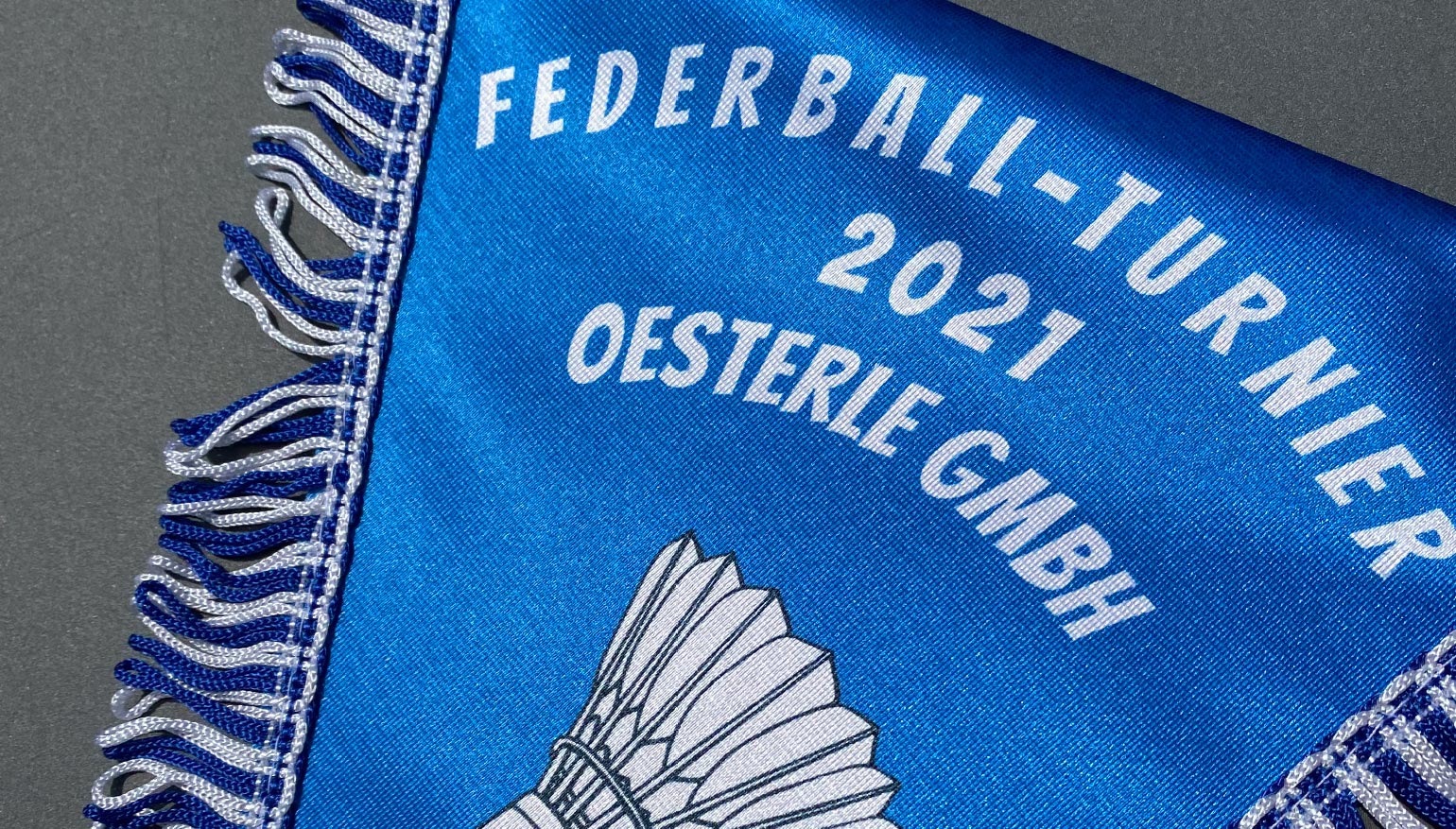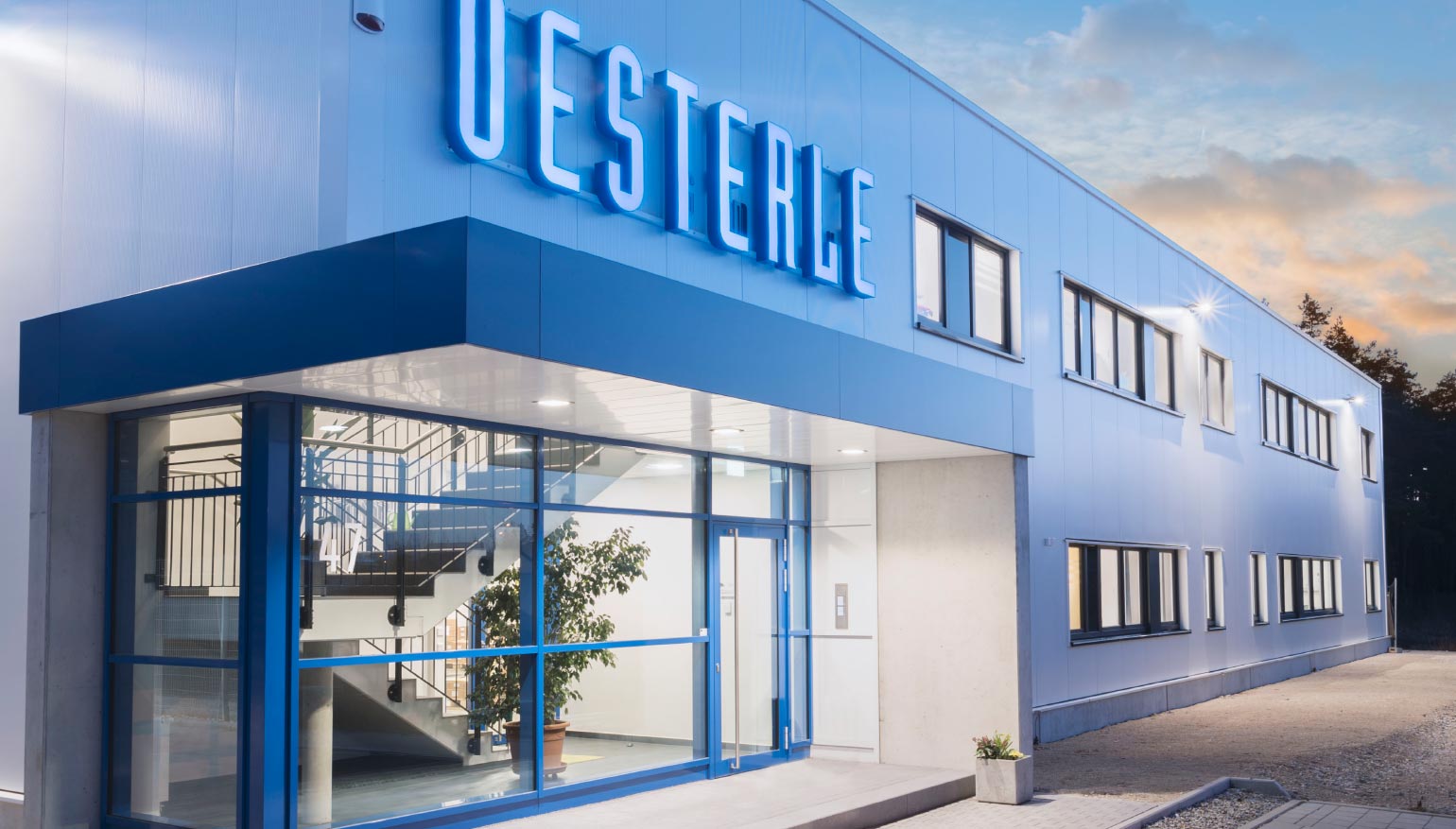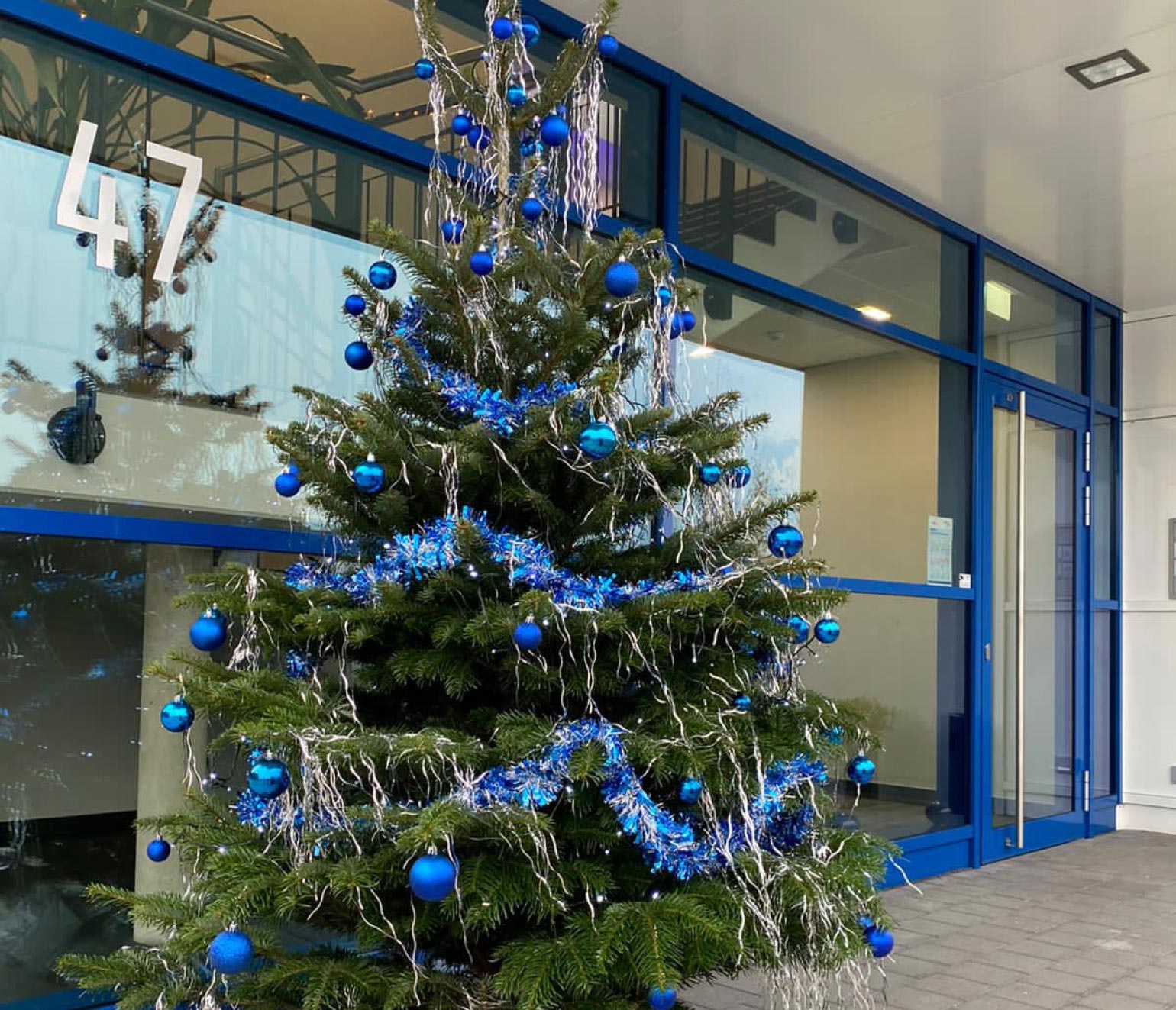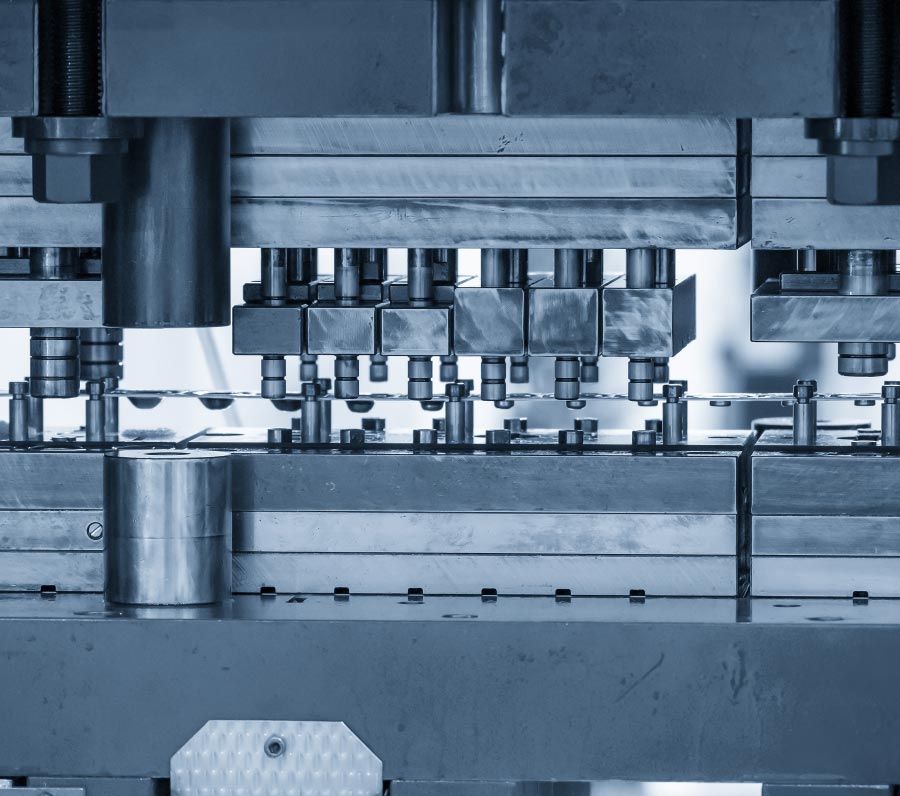
Punching
Punched metal parts are used in many industries. Punching is particularly suitable as a manufacturing method when a large number of recurring metal parts are required. Metals that are otherwise difficult to machine can also be processed.
Due to the strength of the metal sheet, large forces must be applied during punching. For this purpose, either hydraulic presses or mechanical eccentric presses are used as punching machines.
The operation of metal punching is similar to that of a paper punch: from above, the punch is guided onto the sheet or metal part, which is then pressed into a recess that has the negative shape of the punch (die). In addition to cutting, materials can also be formed into a new shape by punching, drawing, bending and upsetting using a cold forming process.
Cold extrusion / cold forming
In cold extrusion, sheet metal or soft materials are usually formed at room temperature by means of a die (usually a die + punch).
One of the great advantages of cold forming is its low energy consumption, as the workpiece does not need to be heated for processing. The cold manufacturing process also means that there is no scaling of the surface – another quality plus. On the other hand, very high pressure is required as a result of cold processing. Other advantages of cold forming are the high dimensional accuracy of the manufactured product and a high processing speed with minimal material usage. The components come out of the press practically ready for installation and can be used immediately. Thanks to the tool steels available today, even complex components can be produced in high quality by cold forming.
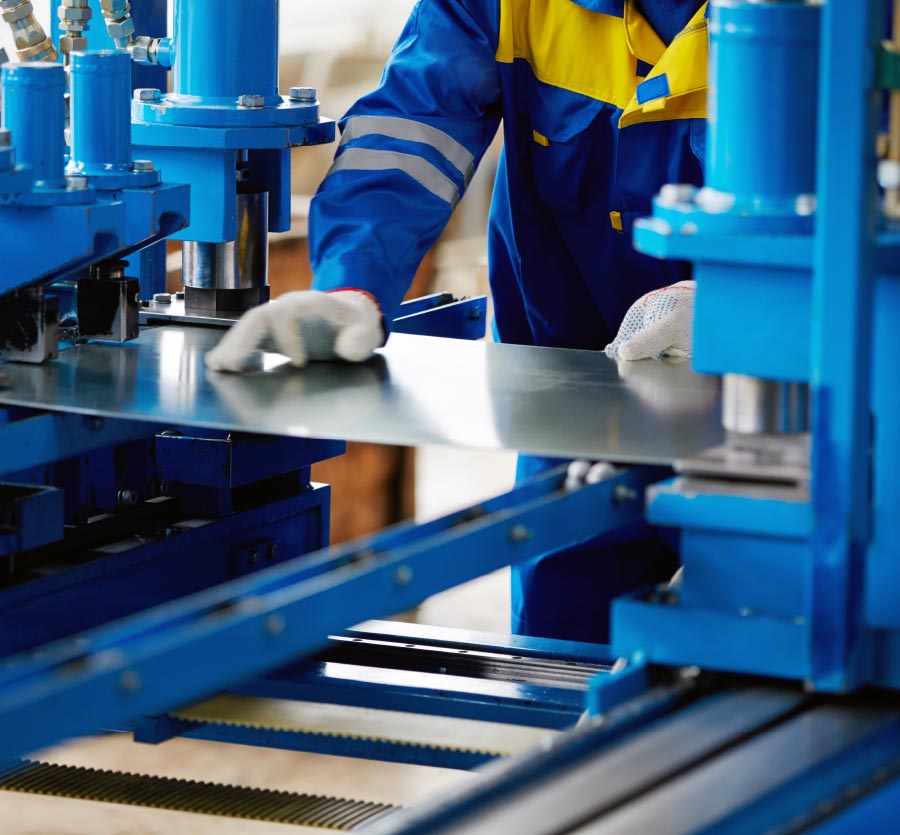
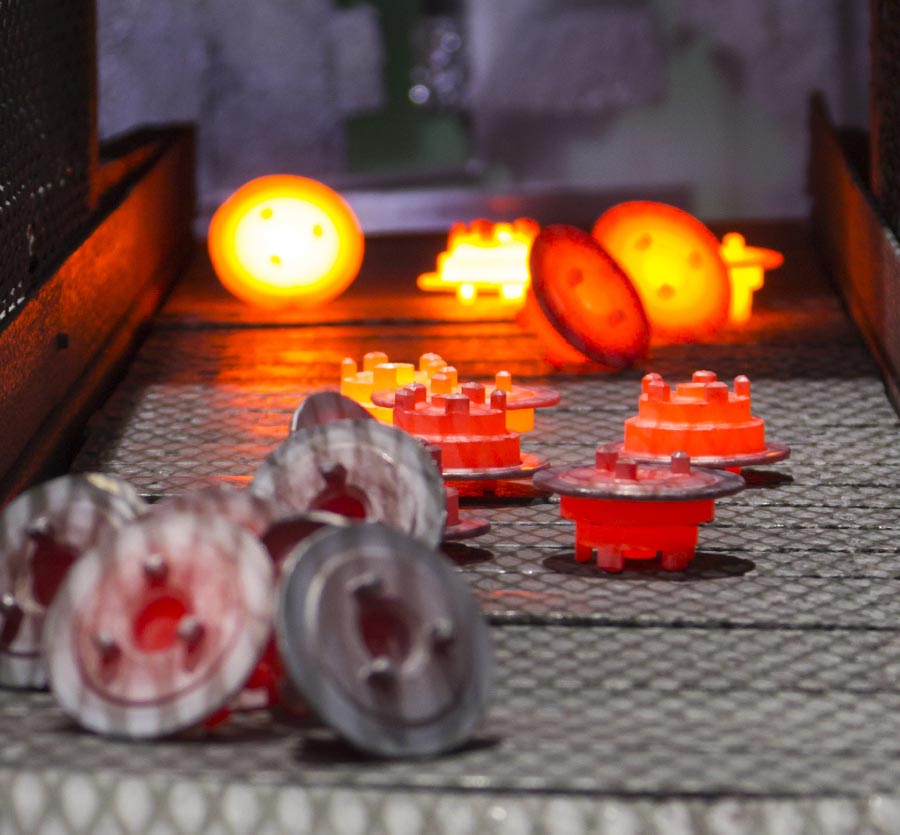
Forging
(Die) forging is a hot forming process of metals or alloys in which the workpiece is brought into shape by pressure between two forming tools (dies) moving against each other. The shape to be produced is at least partially contained in the die as a negative.
The workpieces are usually hot formed just above their recrystallization temperature. Available materials range from steels (structural steels, hot work steels, stainless steels) to special wrought alloys.
(Die) forgings meet high strength and safety requirements and also withstand high dynamic stresses, as a favorable/unbroken grain pattern is maintained during forming. For example, parts ranging from larger screw heads to ship shafts can be produced. As a rule, simple geometries are implemented in forging.
3D metal printing
3D metal printing (also: additive manufacturing) is a laser-based technology that processes metal powder without the use of a mold. The technology has experienced rapid growth in recent years with many technological developments and is popular in many fields such as aerospace, automotive and medical. Similar to laser sintering, a powerful laser selectively bonds particles together in the powder bed while the machine distributes uniform layers of metal powder. Support structures are generated automatically, built up simultaneously in the same material and later removed manually. After completion, the component is subjected to heat treatment.
A major advantage of parts production is the constructive approach (“additive instead of subtractive”) and the possibilities to produce complex geometries quickly and economically without tooling costs. The materials that can be used range from aluminum and steel to gallium, cobalt-chromium, titanium and gold. Relatively long throughput times per component make this process particularly interesting for prototypes or very small series and geometries that would not be possible with any other manufacturing process.
